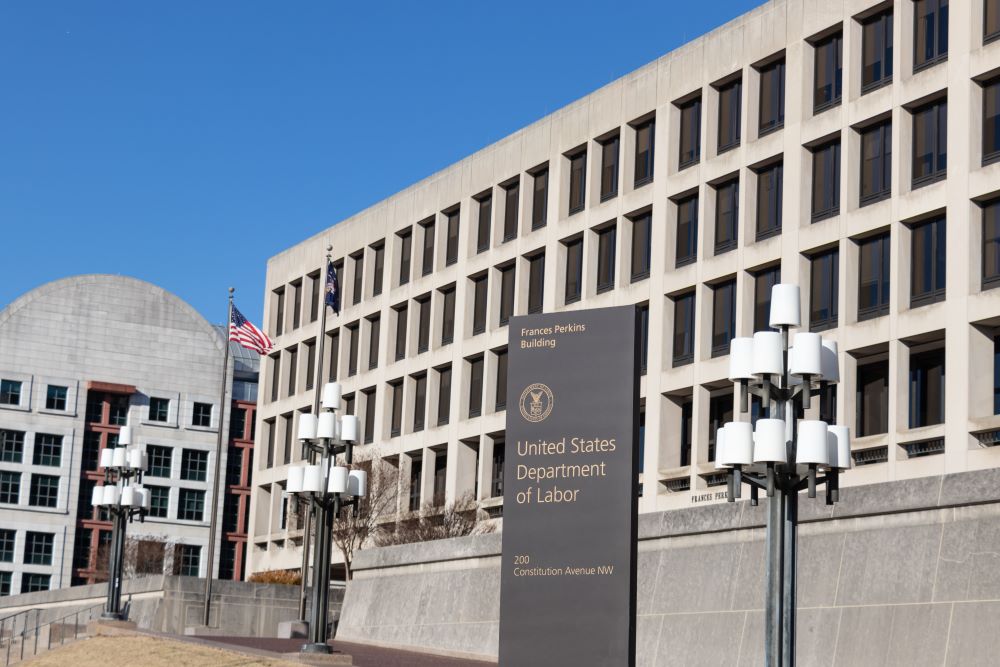
May 15, 2023

Over the last few years there have been several changes to rules governing employer sponsored retirement plans. The SECURE Act of 2019 outlined several changes to plan operations including participant access and eligibility to plan administration. Since that time, the Department of Labor (DOL) and IRS have periodically updated IRS Form 5500 and issued new rules to comply with these changes. The most recent came in May 2022 which generally addressed updates related to defined benefit plans. In late February an additional round of changes were announced effective for plan years starting on, or after, January 1, 2023. The update includes new participant thresholds, updated expense reporting, new Form 5500 questions, and more. To help clients, prospects, and others, Wilson Lewis has provided a summary of the key details below.
The annual report of an employee benefit plan is provided via Form 5500, which is filed with the DOL, IRS, and the Pension Benefit Guaranty Corporation (PBGC). All employee benefit plans that are subject to the Internal Revenue Code and the Employee Retirement Income Security Act of 1974 (ERISA) need to submit this filing, which includes information on plan qualifications, financial status, and various operational details.
The threshold plans must meet to require an attached audit hasn’t changed. However, the way participants are counted as part of a plan has changed. Under prior regulations, the size of a plan was determined by the total number of participants at the beginning of the plan year which includes all eligible employees. These individuals were required to be counted whether they elected to participate or had an account balance. The new regulations require counting to include only the number of participants at the beginning of the year with a plan account balance.
This change is expected to allow more plans to avoid the annual plan audit required of those with a large plan status. In fact, the IRS estimated that under prior regulations there would be 86,744 plans required to undergo an audit and 613,290 that would be exempt. Under the new calculation methodology, there will be only 68,057 plans requiring an audit with 631,976 exempted. In other words, the new rule will allow over 18,000 plans to avoid the audit requirement.
The latest revisions to Form 5500 include an update to Schedule H, where plan sponsors breakout and report relevant expenses. The Schedule has been changed to add new breakout categories under Administrative Expenses. Some of these include Salaries and allowances, Contract administrator fees, Other recordkeeping fees, Actuarial fees, Legal fees, Valuation/appraisal fees, Other Trustee fees/expenses and Other expenses. Making this change allows for greater transparency to plan transactions, allows participants to better understand cost decisions, and streamlines enforcement efforts.
There are several new questions being added to the 2023 Form 5500 to help identify plans that have a higher risk of compliance issues. The purpose of these new questions is to help the IRS more efficiently conduct investigations. One new addition includes questions on nondiscrimination and coverage tests. Responses are useful in helping the IRS plan pre-examination analysis and narrow additional information requests from the plan sponsor.
There is also a question on whether a 401(k)-plan sponsor used the design based safe harbor, prior year Average Deferral Percentage (ADP), or current year ADP testing method. Since plans that rely on prior or current year ADP testing are more likely to experience issues, it permits the IRS to conduct pre-audit analysis. For safe harbor plans, it permits the opportunity to determine whether allocations of required safe harbor contributions comply with the terms of the plan.
The final question asks whether the plan sponsor adopted a pre-approved plan that received a favorable IRS Opinion Letter. It also asks about the date of the favorable Opinion Letter and the corresponding serial number. The purpose of this question is to allow the IRS to determine whether the plan was properly adopted and to identify plans for examination as a late amender.
Contact Us
Many of the new changes are not only designed to streamline compliance but make it easier for the IRS and other regulatory agencies to conduct enforcement efforts. The additional reporting requirements need to be carefully reviewed to determine how you will be impacted this year. If you have questions about the information outlined above or need assistance with your plan audit, Wilson Lewis can help. For additional information call 770-476-1004 or click here to contact us. We look forward to speaking with you soon.